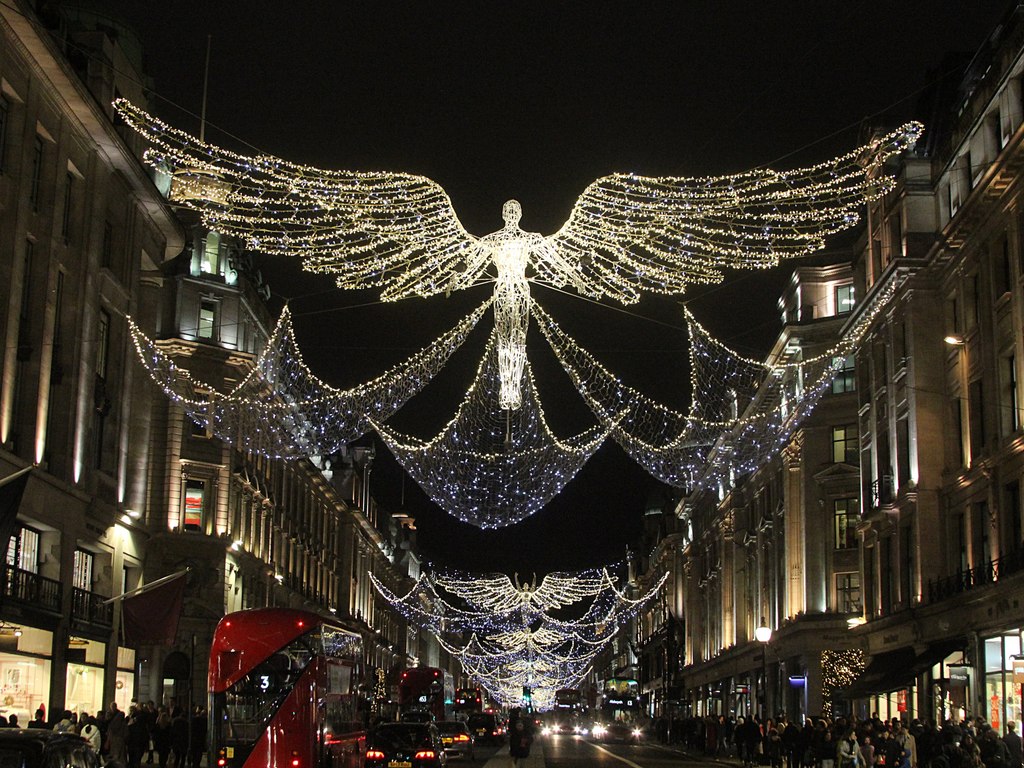
A Day Trip to Stonehenge from London: A Complete Guide
Stonehenge, one of the world’s most iconic prehistoric landmarks, is a must-visit destination when in England. This ancient stone circle, shrouded in mystery, offers a fascinating glimpse into history. If you’re in London, a day trip to Stonehenge is entirely achievable and makes for a memorable excursion. Here’s how to plan your visit effectively.
Getting to Stonehenge from London
By Train and Bus
The fastest and most convenient way is to take a train from London Waterloo to Salisbury, which takes approximately 90 minutes. From Salisbury, a shuttle bus operated by the Stonehenge Tour takes visitors directly to the Stonehenge Visitor Centre. The bus journey is around 30 minutes and includes commentary on the area’s history.
By Car
For those who prefer driving, Stonehenge is about 88 miles (142 km) from London, and the trip takes roughly 2 hours via the M3 and A303. Parking is available at the visitor centre.
By Organised Tour
Several tour operators in London offer guided day trips to Stonehenge. These tours often include transport, entry tickets, and sometimes additional stops at places like Bath, Windsor, or Salisbury Cathedral. Tours are perfect for those seeking convenience and expert insights
What to Expect at Stonehenge
Upon arrival at the visitor centre, you’ll find exhibitions explaining the history and significance of Stonehenge, along with artefacts unearthed from the site. A short shuttle bus or a pleasant 20-minute walk takes you to the stone circle itself.
- The Stone Circle: Admire the monument up close while walking the designated path around it. While you can’t touch the stones during regular visits, they remain a stunning sight.
- The Visitor Centre: Explore exhibits detailing the construction and purpose of Stonehenge, as well as replicas of Neolithic houses.
Audio Guides: Enhance your visit with an audio guide or app that provides historical insights as you explore.
Best Time to Visit
Stonehenge is open year-round, but the experience can vary based on the season:
Summer: Extended daylight hours make summer ideal, though it’s also the busiest time.
Winter: Quieter but chilly, with a magical atmosphere around sunrise and sunset.
Special Events: Visiting during the summer or winter solstice allows access to the inner circle during sunrise celebrations.
Tips for a Perfect Day Trip
- Book Tickets in Advance: Stonehenge uses a timed ticketing system to manage crowds. Booking online ensures entry at your preferred time.
- Dress Comfortably: Wear layers and comfortable walking shoes. The weather can be unpredictable.
- Pack Snacks: While the visitor centre has a café, bringing snacks or a packed lunch can save time.
- Combine with Other Destinations: Many tours include nearby attractions like Bath, Avebury, or Old Sarum.
Why Visit Stonehenge?
Stonehenge remains one of the most enigmatic landmarks in the world. Its purpose, ranging from a ceremonial site to an astronomical calendar, continues to intrigue historians and visitors alike. A day trip from London offers the perfect opportunity to experience this UNESCO World Heritage Site and its surrounding Wiltshire countryside.





